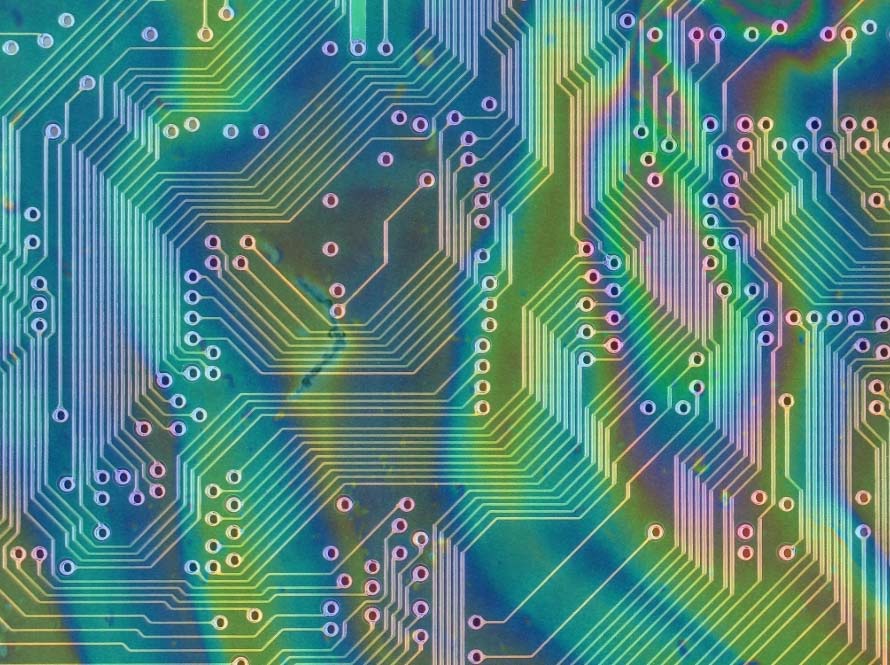Quantum computing offers the promise of performance significantly greater than that realizable by classical computing for certain classes of problems. However, the fundamental element in quantum hardware – the qubit – is currently a scarce and noisy resource.


Noisy Intermediate-Scale Quantum (NISQ) devices are quantum computers with 50-100 qubits where control over the qubits is imperfect and generates noise that limits what quantum devices can achieve. Over the past few years, various implementations of NISQ devices have been built and used for small-scale simulations and benchmarking. A variety of quantum computing paradigms have emerged, including quantum annealing for optimization problems; analog quantum computing, in which a device has similar dynamics to the problem to be solved; and gate-based computing, in which a unitary operator that encodes a program is decomposed into a sequence of operations (or “gates”) acting on single or pairs of qubits.

At Berkeley Lab, our research focuses on gate-based quantum computing, being the most generally applicable to the modeling and simulation domain space. For gate-based devices, currently, the two most promising qubit technologies are superconducting qubits and trapped ions, which have tradeoffs with respect to coherence time, gate execution time, qubit connectivity, and scalable fabrication and construction.

Our work focuses on superconducting technologies. We aim to design, fabricate and deploy best-of-class NISQ devices that are targeted at scientific computing problems, with the ability to employ different tradeoffs than would be made by those focused on a more general application space. Our Advanced Quantum Testbed (AQT) targets users who expect to explore the co-design space for near-term algorithms and toolchains coupled with our hardware.

With current design and fabrication techniques, there are many tradeoffs in the design of these early devices in terms of the number and connectivity of qubits on a chip, coherence time, gate sets, and gate fidelities. This exposes a rich design space to make devices more broadly useful for scientific computation. Berkeley Lab researchers are deploying numerous chips with different design points and custom-fabricating chips in response to the needs of algorithm and toolchain developers. In addition, we deploy extensible hardware (with designs and fabrication from projects in other laboratory science areas) and software to serve as the complex layer converting digital signals representing gate operations into analog microwave pulses and analog signal processing technology for qubit readout. A key feature is flexible interfaces that are required to tune the timing and execution of operations at the lowest level.

The AQT laboratory works to explore and define the future of superconducting quantum computers. AQT brings together world-class researchers and users worldwide to design and fabricate proof-of-principle quantum processors with different information encoding, circuit topology, and control architecture to explore problems of interest to U.S. Department of Energy scientists. Contact: Irfan Siddiqi.

QSA pairs advanced quantum prototypes – based on neutral atoms, trapped ions, and superconducting circuits – with algorithms specifically constructed for nascent hardware to demonstrate optimal applications for each platform in scientific computing, materials science, and fundamental physics. The center will deliver a series of prototypes created from these pairings to broadly explore the quantum technology trade-space, laying the basic science foundations to accelerate the maturation of commercial technologies.

Berkeley Lab’s QuIST research group enables scientific discovery through the development, design, fabrication, and deployment of quantum processing hardware based on superconducting electronic circuits. The processors demonstrate novel quantum algorithms and simulations that push the boundaries of the physics of controllable quantum entanglement on demand. Contact: David Santiago.

Berkeley Lab is developing sensors that enlist properties of quantum physics to probe for dark matter particles in new ways, with increased sensitivity, and in previously unexplored energy regimes. Contact: Maurice Garcia-Sciveres.

Berkeley Lab scientists are building a quantum sensing instrument for sensitive physical metrology, magnetometry, and chemical detection. Contacts: Ben Gilbert, Zhao Hao

NERSC sees its role in the budding QIS field as a centralized resource for users who want to bridge the gap between classical computing and quantum computing for applications in chemistry, physics, materials science, drug discovery, and more. Many of the science problems NERSC users are currently focused on are quantum mechanical in nature; by combining classical and quantum resources, NERSC is looking to enhance and expand these research efforts both in the near term and beyond. Contacts: Katie Klymko, Nick Wright

ArQTiC is a domain-specific full-stack software package built for the dynamic simulations of materials on quantum computers. Its main contributions include providing a software library for high-level programming of such simulations on quantum computers and providing post-processing capabilities that allow users to analyze results from the quantum computer more efficiently. Paired with the power to optimize and execute quantum circuits, ArQTiC opens the field of dynamic materials simulations on quantum computers to a broader community of scientists from a wider range of domain sciences, paving the way for accelerated progress towards physical quantum supremacy. Contacts: Lindsay Bassman, Katie Klymko

ARTEMIS (Adaptive mesh Refinement Time-domain ElectrodynaMics Solver) is a time-domain electrodynamics solver that is fully open-source and portable from laptops to many-core/GPU exascale systems. Contact: Andy Nonaka (Nonaka on the Web)


